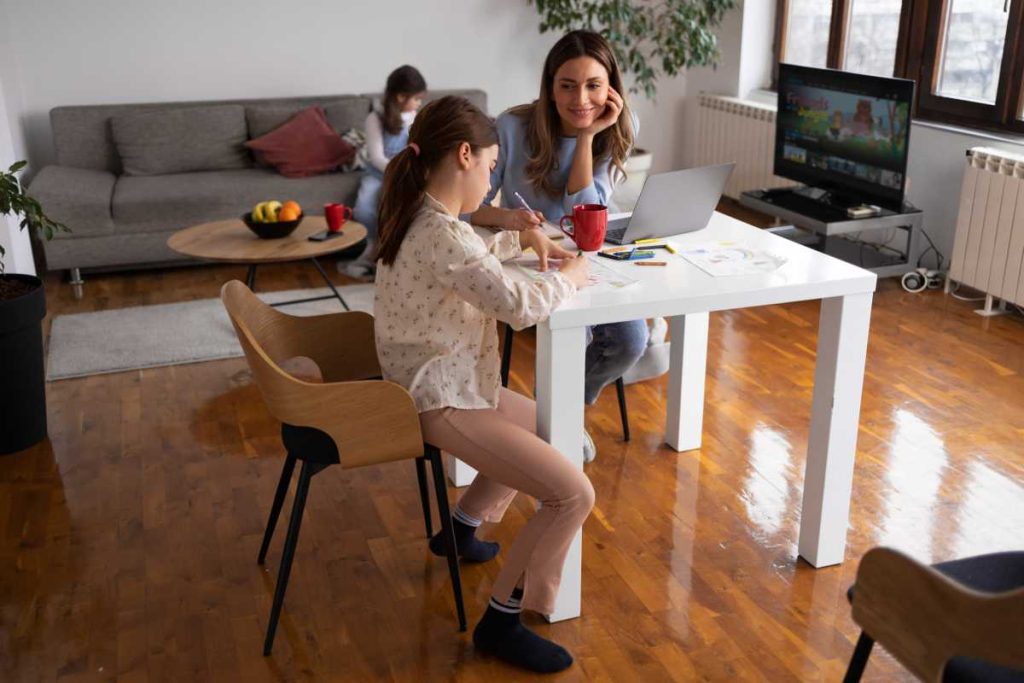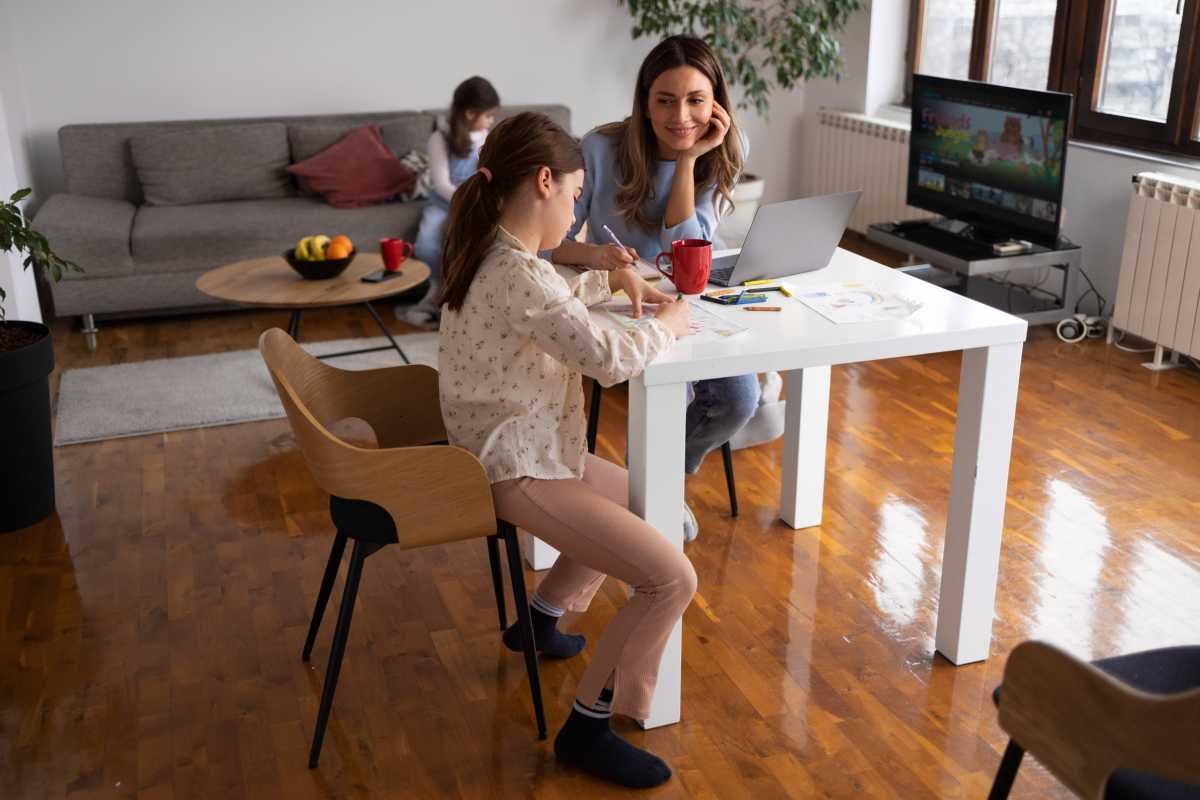When your child gets upset, it can be challenging to know how to help them calm down quickly and effectively. Emotions like frustration, anger, and sadness are normal for children to experience, but without the right tools, they might struggle to manage them. Thankfully, calming your child can be simple when you know the right steps. In this guide, we’ll explore three super easy strategies that can help you bring peace to your child in those tough moments.

1. Step 1: Breathe Together – Harness the Power of Deep Breathing
Teaching your child to regulate their breathing is one of the easiest and most effective methods for calming them down. Deep breathing helps reduce stress, and it’s something you can practice together in just a few moments.
- Why It Works: Deep breathing is scientifically proven to lower heart rate, reduce anxiety, and calm the nervous system. When a child is overwhelmed, their breathing often becomes shallow and rapid, which can fuel their stress. By guiding them to slow their breath, you help their body return to a more relaxed state.
How to Do It:
- Sit down with your child at eye level, whether that’s on the floor or in chairs.
- Explain that you’re going to take deep breaths together to help them feel better. You can say, “Let’s take some big breaths together to feel calm.”
- Inhale deeply through your nose for a count of four, hold the breath for a moment, and then exhale slowly through your mouth for another count of four.
- Encourage your child to follow along with you. It might take a few tries for them to get the rhythm, but practicing together makes it easier.
For younger children, turn the exercise into a game to make it fun. You can try:
- Balloon Breathing: Pretend that your belly is a balloon. Inhale to “inflate” it and exhale to “deflate” it.
- Smell the Flower, Blow out the Candle: Inhale as if smelling a flower, then exhale slowly as if blowing out a candle. This gives your child a visual idea of how to pace their breathing.
Benefits of Deep Breathing:
- Reduces Stress Hormones: Slows the production of cortisol, the stress hormone.
- Focuses Attention: Helps your child concentrate on something other than their emotional state.
- Physical Relaxation: Helps muscles relax, reducing physical tension associated with emotional outbursts.
Quick Tip:
You can practice deep breathing exercises regularly, even when your child isn’t upset. The more familiar they are with this technique, the easier it will be for them to use it when needed.
2. Step 2: Create a Safe Space – Set Up a Calm Corner for Emotional Support

Children often need a physical space to retreat to when their emotions are overwhelming. Having a designated calming area in your home can make a huge difference in how they process and manage stress. This safe space can be a “calm corner” or simply a cozy nook where they can feel secure.
- Why It Works: Overstimulation can make a stressful situation worse, especially for young children. A calming environment with comforting items removes external stressors and provides a sense of security, allowing your child to focus on self-soothing.
How to Do It:
- Designate a Quiet Spot: Find a corner in your home that’s free from distractions, noise, and clutter. This could be a part of their room or a family area.
- Add Comforting Items: Fill the space with items that help your child feel calm, such as:
- Soft pillows and blankets
- Favorite stuffed animals or plush toys
- Sensory toys like stress balls or fidget spinners
- Books with calming or positive themes
- Dim lighting or a nightlight for added tranquility
- Encourage Use: Gently guide your child to their safe space when they’re feeling upset. Let them know that this is a place where they can relax and regain control of their emotions.
Benefits of a Safe Space:
- Reduces Overstimulation: Helps children disconnect from the chaos and calm their senses.
- Promotes Self-Regulation: Provides them with a designated space where they can practice calming techniques on their own.
- Encourages Independence: Empowers your child to use their safe space when they feel the need, without always depending on adult intervention.
Quick Tip:
You can also create a Calm Box with sensory or soothing items that your child can use when they feel stressed. This portable option allows them to have calming tools available in different locations.
3. Step 3: Validate Their Feelings – Show Empathy to Defuse Tension
When children are upset, they need to know that their feelings are real and valid. Validation is key to helping your child feel understood, and it can make calming down much faster. Simply acknowledging their emotions can reduce their frustration, especially when they’re struggling to express how they feel.
- Why It Works: Children can become more upset if they feel ignored or misunderstood. Validating their emotions shows empathy and reassures them that it’s okay to feel what they’re feeling. When you acknowledge their experience, it helps them start to regain emotional control.
How to Do It:
- Acknowledge Their Emotions: Use phrases like, “I see that you’re really frustrated right now,” or “It’s okay to feel upset.”
- Avoid Judgment: Instead of telling your child to stop crying or calm down immediately, let them know that it’s okay to feel their emotions. You can say, “I understand why you’re angry,” or “It must be hard to feel this way.”
- Offer Comfort: After validating their feelings, offer a reassuring statement like, “I’m here to help,” or “We’ll work through this together.” This reassures your child that they’re not alone and that their feelings matter.

Benefits of Validation:
- Builds Trust: Your child will feel more comfortable coming to you with their feelings when they know you won’t dismiss them.
- Encourages Emotional Expression: Validating their emotions encourages your child to express their feelings in healthy ways rather than bottling them up.
- Fosters Emotional Intelligence: By naming emotions and discussing them, your child learns to understand and manage their own emotions over time.
Quick Tip:
After validating their feelings, you can gently guide your child to problem-solving. Ask questions like, “What can we do to feel better?” or “How can we fix this together?” This helps them think of solutions and builds resilience.
Conclusion
Calming down a child who’s overwhelmed with emotions doesn’t have to be complicated. By using these three simple yet powerful techniques—breathing together, creating a safe space, and validating their feelings—you can help your child feel more secure, understood, and relaxed during challenging moments.
These strategies not only help calm them in the moment but also teach valuable emotional regulation skills that will benefit them throughout their life. The next time your child is upset, try these steps and see the difference it can make.

